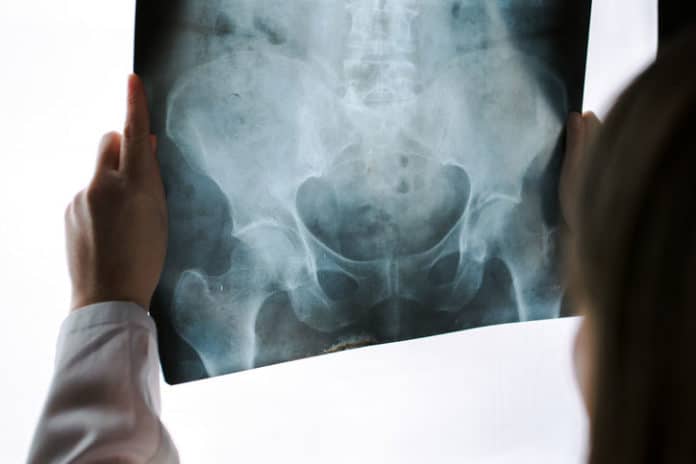By identifying almost 500 genetic markers to determine bone mineral density, a new study holds the potential to unlock new treatments for osteoporosis.
Bone mineral density is one of the strongest risk factors for osteoporosis. It is a common age-related condition characterized by the progressive reduction of bone strength and density, resulting in a high risk of fracture.
Scientists from the University of Queensland– examined DNA from more than 400,000 individuals in the UK Biobank.
Geneticist Dr. John Kemp said, “Within those samples, our study identified hundreds of potential drug targets for future osteoporosis therapies. We discovered which genetic markers had the greatest effect on improving bone density and reducing the risk of fracture.”
“This will allow pharmaceutical companies to narrow their search for a solution to preventing fractures in people who are predisposed to osteoporotic fractures.”
University of Queensland Professor of Genetics David Evans said there were currently few treatments for osteoporosis that increased bone density.
“Most current treatments for osteoporosis act primarily by slowing the rate of bone loss rather than by increasing existing bone mass,” he said.
“There is a considerable need to develop new pharmacological agents that not only treat osteoporosis but prevent the appearance of the disease in the first place.”
“We hope our study will accelerate this process by providing an atlas of promising targets that pharmaceutical companies can use to prioritize candidate drugs for development.”
The findings are published in Nature Genetics.
